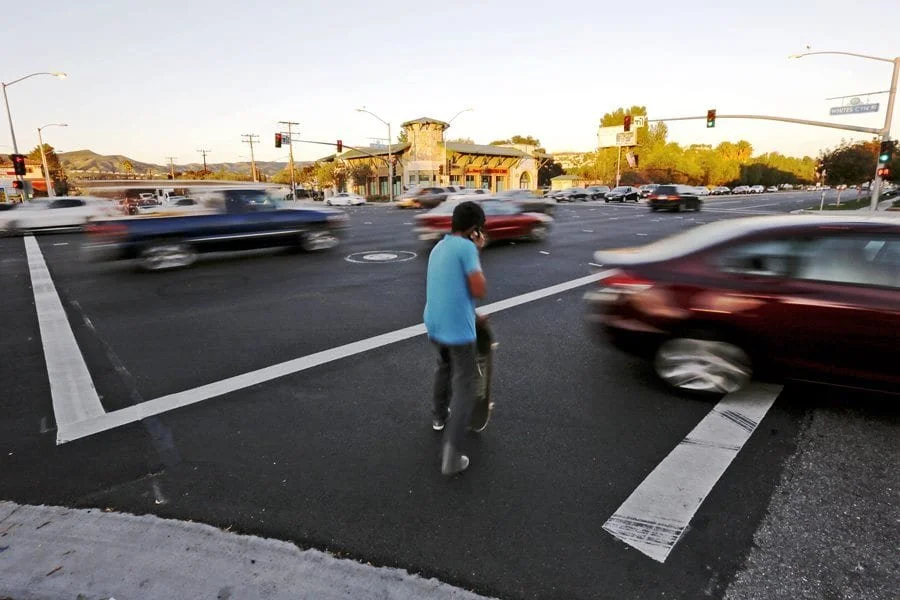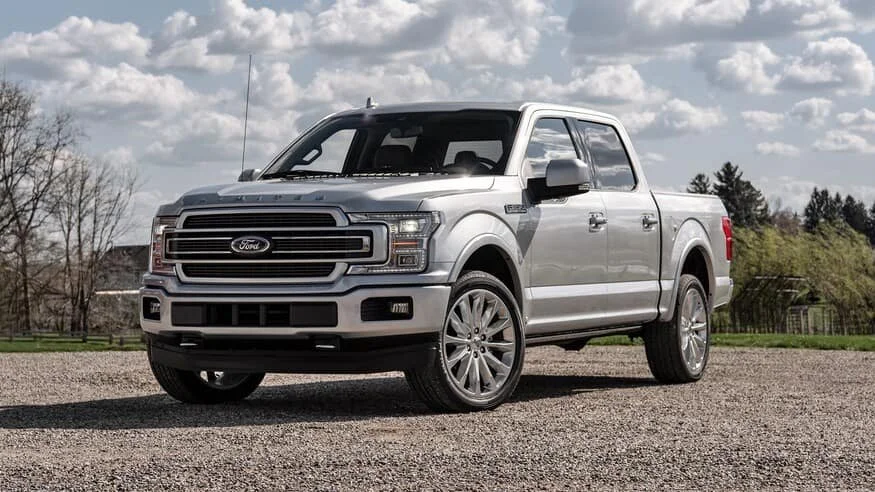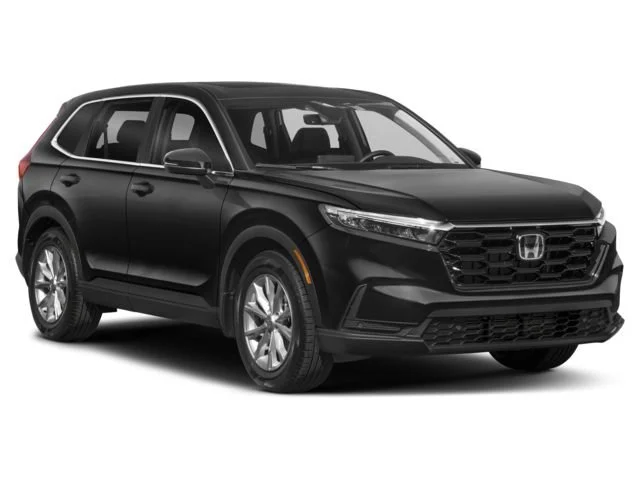Our friends over at FortNine (https://fortnine.ca/en/) informed us of an interesting research paper published in the March 2024 issue of Economics of Transportation journal (volume 37). The paper by Justin Tyndall studies the effect of front-end vehicle height on pedestrian death risk. As the size of vehicles has increased over the years (as well as pedestrian deaths), Tyndall investigated the effect of front-end height over 1.25 meters (about 4 feet) on pedestrian death. He notes the increased height of vehicle front-ends may present a danger for pedestrians in a crash, as the point of vehicle contact is more likely to occur at the pedestrian’s chest or head.
Tyndall’s study merged US crash data with vehicle dimensions to understand how vehicle height impacts how likely a pedestrian will die when struck. His study is unique in that he directly tested for front-end vehicle height effect (not specifically studied prior to his investigation). He estimates that a 10-centimeter (approximately 4 inches) increase in vehicle front-end height results in a 22% increase in fatality risk. Reviewing various data points; weight, vehicle speed, body type, etc., front-end height was the strongest predictor of pedestrian death. He also noted that vehicle speed and daylight conditions are important predictors of pedestrian survival; however, it is most likely that if you drive fast, it won’t matter the vehicle (yes, I am looking at myself).
Though larger vehicle size provides a safety factor for occupants, various studies have shown an increase in risk to other road users, smaller vehicles, pedestrians, and cyclists. In addition, Tyndall noted that increased risk for low-income and minority populations who often have greater exposure to high-risk vehicle traffic. And even with the increased weight of electric vehicles, front-end height is still a stronger predictor of pedestrian death.
The author proposes a hypothetical regulatory cap on front-end vehicle height; no higher than 1.25 meters, which would reduce US pedestrian deaths by approximately 509. Tyndall notes that the US, unlike the EU does not require vehicle testing for pedestrian collision outcomes. Tyndall also notes that women, children, and the elderly experience the largest deterioration in safety from these larger vehicles. The study shows that larger vehicles (and high front-ends) having a clear relationship to pedestrian death.
The findings will most likely get strong pushback from OEs (or ignored), but this is an interesting study none the less. This could be a potentially strong selling point if truck design was reduced based on this study. Just think of the creative ways marketing teams could promote this. The first company I thought of that would be an easy sell is Honda. But guess what, Honda’s CRV front-end height has always been at or below 1.24 meters; I wonder if the boys over in Hamamatsu know something.
Like any scientific research paper, this should lead to additional research. In addition, this study provides a critical topic for further discussion and review. Don’t get me wrong, I love the rugged, tough style of modern trucks, but could a 1.25-meter cap on front-end height really upset consumers? Let’s see if automotive designers take the challenge. I strongly suggest watching FortNine’s video for an interactive explanation.
References
The Grille Trend that Kills 509 People per Year. FortNine online video. https://www.youtube.com/watch?v=YpuX-5E7xoU
Tyndall, Justin. (2024). The effect of front-end vehicle height on pedestrian death risk. Economics of Transportation, 37. doi.org/10.1016/j.ecotra.2024.100342. Online source 100342https://www.sciencedirect.com/science/article/pii/S2212012224000017





